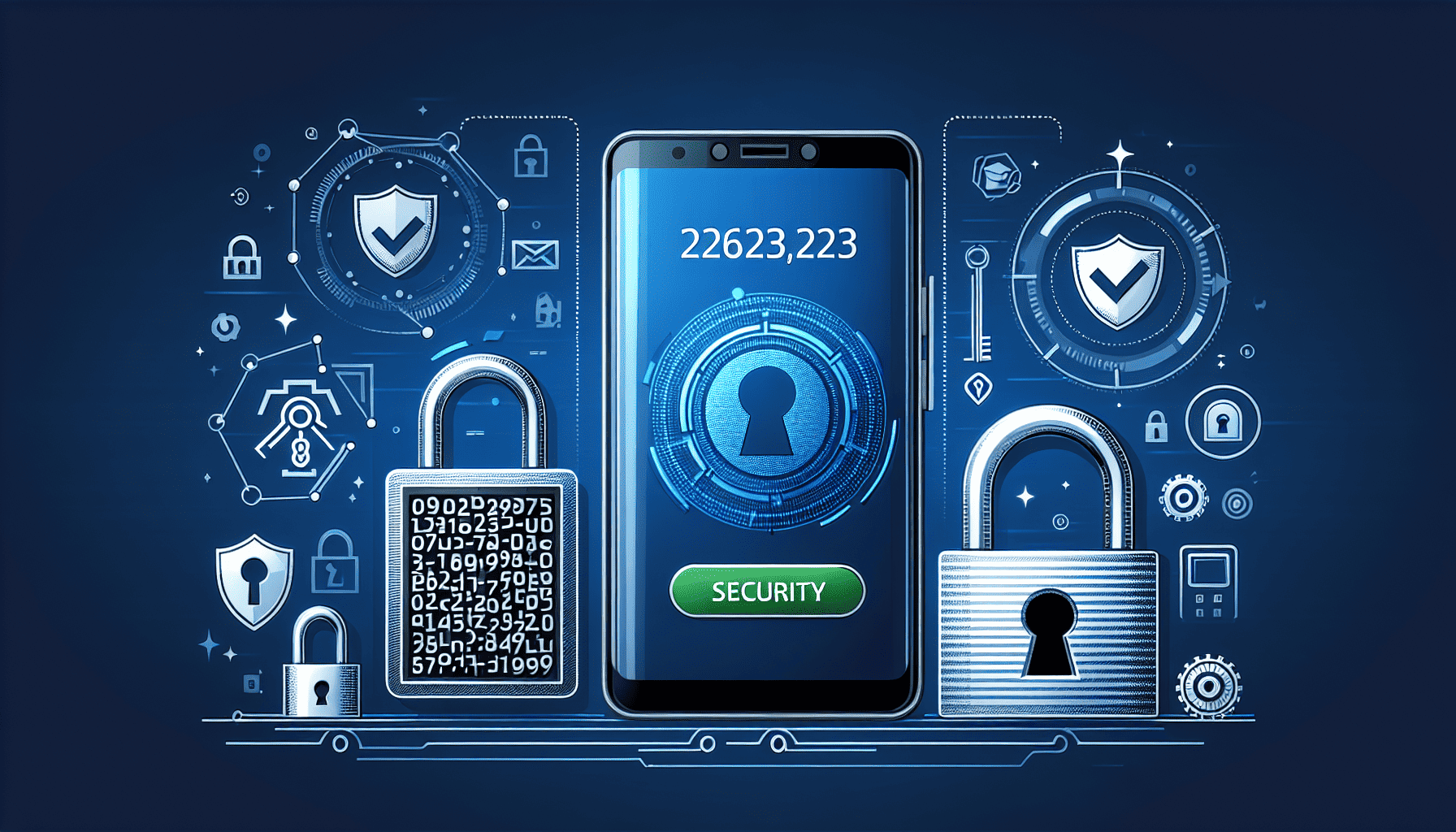In today's digital age, where cyber threats loom large and personal data is more precious than ever, securing your online presence is vital. One effective way to enhance security is through Multifactor Authentication (MFA). This robust security measure adds layers of protection, making it significantly more challenging for unauthorized parties to gain access to your accounts and sensitive information.
Understanding Multifactor Authentication
At its core, MFA is a security system that requires more than one method of authentication to verify a user's identity. This is typically achieved by combining two or more independent credentials: what you know (password), what you have (security token or smartphone), and what you are (biometric verification).
The Limitations of Single-Factor Authentication
Traditionally, passwords have been the primary defense for online accounts. However, relying on a single password presents significant vulnerabilities. Passwords can be easily guessed, stolen through phishing attacks, or cracked by cybercriminals using sophisticated hacking tools. This is where MFA steps in to fortify your digital defenses.
How Multifactor Authentication Works
Consider the analogy of a bank vault. Not only do you need a key (your password), but you also need a secure card (a second factor, such as a smartphone) and sometimes even a fingerprint scan (a third factor) to access the contents. With MFA, even if a cybercriminal manages to acquire your password, they would still need the additional factors to breach your account.
Advantages of Multifactor Authentication
-
Enhanced Security: MFA significantly reduces the risk of unauthorized access. By requiring multiple forms of verification, it becomes exponentially more challenging for attackers to gain entry.
-
Protection Against Phishing: Phishing attacks and social engineering tactics often rely on acquiring passwords. With MFA in place, stolen passwords alone aren’t sufficient for access.
-
Data Integrity: By preventing unauthorized access, MFA helps preserve the integrity of your personal and professional data, shielding it from potential tampering and corruption.
-
User Flexibility: Various forms of MFA are available, ranging from physical security keys and mobile apps to SMS verification codes and biometric scanning, allowing users to choose the method that best suits their needs.
Implementing MFA in Everyday Security Practices
For individuals, enabling MFA across all major accounts and applications—such as email, social media, and online banking—adds a crucial layer of security. Many online services now offer easy-to-activate MFA options in their settings.
For businesses, integrating MFA into the security protocols of an organization helps protect sensitive company and customer information. Organizations can utilize MFA solutions tailored to their specific needs, enhancing the protection of confidential data.
Conclusion
While no security measure is foolproof, Multifactor Authentication stands as a formidable barrier against unauthorized access. Its ability to integrate multiple verification methods significantly strengthens security without compromising user convenience.
As cyber threats evolve, so must our security measures. By adopting MFA, individuals and organizations can not only enhance their security posture but also contribute to a safer digital environment for everyone. In a world where data breaches are increasingly common, taking proactive steps like enabling MFA is not just recommended—it’s essential.
